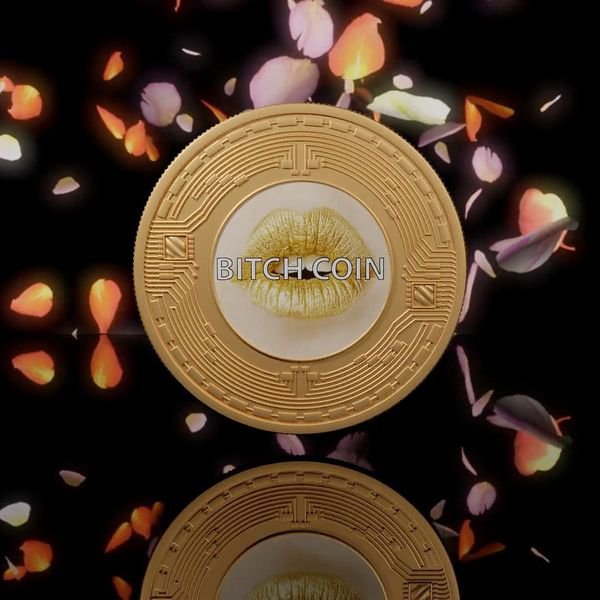In Discussion with:
Alana Kushnir,
NFT Expert and founder of The Guestwork Agency
NFTs have been the subject on everyone's mind over the past few years, with events and trading in the meta-verse developing rapidly and more artists creating works for this digital space.
An NFT (Non-fungible token) refers to a digital asset representing real life objects, such as art. These exist on a blockchain, which is a form of a digital ledger and can be purchased with cryptocurrencies such as Bitcoin. NFTs cannot be replicated, each token is unique so the owner has rights to a completely individual token. In addition to art, these can have real world implications such as granting you access to a car which only unlocks and drives for the owner of a certain NFT, or concert tickets both in the meta-verse and real life.
NFT expert Alana Kushnir helps us understand how NFTs are becoming a game-changer, not only in the art world but in the way we trade, buy and sell assets.
How are NFTs challenging and changing the ways in which artists and gallery spaces operate?
I wouldn’t say that NFTs are necessarily changing the ways in which artists and galleries are generally operating, but they are certainly challenging the ways in which art is traditionally bought and sold. Each time an NFT is created (minted) and sold, it is registered on a public, decentralised blockchain. That registration - which is immutable - records when the transaction took place, what digital wallets were used in the transaction, and the cryptocurrency value of the transaction. This is a game-changer for the mainstream art world, where the prices and dates of sale of artworks are closely guarded secrets held by the artist’s gallery.
Would you say it’s a misconception that NFTs only impact the digital world? With collections such as the Bored Ape Yacht Club, can NFTs actually also impact interactions within the physical world?
Absolutely, at the end of the day, an NFT is a computer code which enables us to document exchanges of value. In the future, NFT technology will be used in IRL (in real life) to unlock cars so only the rightful car owner can have access, and it will be used in all sorts of supply chains to track goods back to their original source. In fact, many of these more innovative, ‘real world’ applications of NFTs are already being developed. This is where the idea of the NFT as a ‘utility’ token comes into play.
With Bored Ape Yacht Club, owners of an ape have been given tickets to live concerts and a party on a yacht. Like many PFP (profile picture) NFT projects, it’s not just about owning an NFT of a digital image, it’s about gaining access to an exclusive community and benefits.
What advice would you give to those considering investing in cryptocurrency, or those who are wary about this developing digital field?
As the crypto crowd likes to say, DYOR - Do Your Own Research. Know the risks. And get professional advice.
There is growing concern about the environmental impact of NFTs. In what ways are blockchain companies and artists trying to combat these issues?
As with any new technologies, considering the environmental impact of NFTs is important. However, we are yet to see concrete, peer-reviewed research results on the amount of energy used for minting and selling NFTs. The reason this is so difficult to measure is because of how the blockchain works - across a distributed network of computers all over the world. In the meantime, what we can do - and what is being done - is to use blockchains that require less computational power than other blockchains. These include, for example, Solana and Tezos. In the next year or so, we will also see the Ethereum blockchain - one of the most popular blockchains for minting and selling NFTs - be upgraded to a ‘proof of stake style of computation, which is more energy efficient than it’s current ‘proof of work’ form.
I think it’s also important that we put the environmental impact of NFT art into the broader context of the environmental impact of the art industry. Think of the hundreds of art fairs held around the world, and the physical infrastructure required to put those events on. Think of the large-scale public art projects and the energy that is required to fabricate those. Not to mention the environmental impact of shipping physical art around the globe. It’s a little bit of a ‘cry wolf’ scenario when I hear galleries for example, using the environmental impact line as a reason for why they have not entered the world of NFTs.
Do you think that there could be a future where we may see sustainable NFT minting, mining, and trading?
Put simply, YES. It’s already happening in the present.

Sarah Meyohas, Bitchcoin, 2015/2021
Courtesy of the artist.
“It’s not just about owning an NFT of a digital image, it’s about gaining access to an exclusive community and benefits.”

Alana Kushnir.
Photo: Justin Ridler.
Courtesy of Alana Kushnir.
ALANA KUSHNIR
Alana Kushnir is an art lawyer, advisor and curator based in Melbourne, Australia. Everything she does is at the intersection of art, curating, law and technology.
Alana is the Principal Investigator of the Serpentine Galleries R&D Platform Legal Lab, which investigates legal issues and prototypes accessible legal solutions for the art tech field, and a member of the NFT Licensing Taskforce organised by COALA Global, which is developing semi-public licenses for NFTs.
She is also a Board Director of the Australian Centre for Contemporary Art (ACCA) and a member of Art, Cultural Institutions and Heritage Law Committee of the International Bar Association.